Gerald and I spent a lovely Sunday afternoon wandering around downtown Macon, resulting in an updated gallery. Take a look.
Note: the gallery is arranged chronologically, with the oldest photographs at the top.

Book Design and Fine Photography
Gerald and I spent a lovely Sunday afternoon wandering around downtown Macon, resulting in an updated gallery. Take a look.
Note: the gallery is arranged chronologically, with the oldest photographs at the top.
“A technicoloured cover can draw me to it like the proverbial moth to a flame. But as covers get more vivid, the buyers’ senses can become overwhelmed. They can’t see the books for the rainbow.”
Spine’s Vyki Hendy argues that monochrome — by which she means black-and-white-or-shades-thereof — is powerful. I’d argue that single-color items should belong in this category, too, but her piece stands on its own. Take a look.
“It’s hard to believe that a decade has passed since I published one of these annual Favorite Fonts lists. A lot has happened in the interim: I now have less hair, more grey hairs, sometimes complain about my back, and now live in another country! Anyway, that’s quite enough about me. Here are, then, in no particular order, my favorite typefaces of 2020…”
Some great choices here, especially:
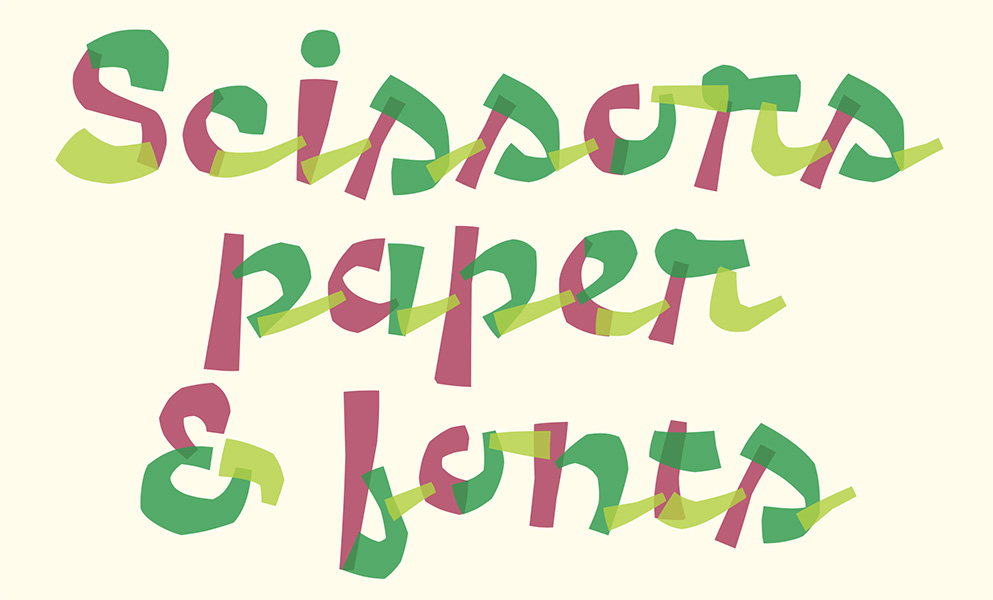
A layer font — something described as “fashionable for a while” — this one deserves to be on a book cover.
Special mention: ILT’s web design. This blog and this entry both are easy to look at, well put-together, and something that makes me a little envious.
Read all of the 2020 favorites, or ILT’s main page.
As mentioned yesterday, Gerald purchased a Voigtlander Ultron 21mm f1.8 — a very nice, German-owned (Japanese-made), manual-focus lens — last month, and he was kind enough to loan it to me for a couple of days.
We — that is, the lens and I — went for a short photostroll in downtown Macon this afternoon. Check the results in the updated gallery.
Edit, 6 March, 2021: I’ve rejigged the Macon galleries, and the featured photograph from this post is now in the Macon – Miscellaneous gallery (as the Catholic church is up the hill from downtown).
My good friend Prof. Gerald Lucas has been collecting lenses again, and since we both shoot with Leica L-mount cameras, we’re able to share — and he was kind enough to do precisely that. (Thank you, sir!). He’s added classics like the Asahi Super-Takumar 50mm f/1.8, Olympus Zuiko 28mm f/2.8, and Юпитер-8 (Jupiter-8) 2/50. (He’s added a brand-new Voightlander Ultron 21mm f1.8, as well — nice.)
Rose Hill and Riverside serve as familiar ground for us, meaning that when new photographic tools are available, we go there to see how well we work together; the gallery is twelve years old. See the update here. Enjoy.
From Bookshop.org’s description: “Why do some book covers instantly grab your attention, while others never get a second glance? Fusing word and image, as well as design thinking and literary criticism, this captivating investigation goes behind the scenes of the cover design process to answer this question and more.”
“As the outward face of the text, the book cover makes an all-important first impression. The Look of the Book examines art at the edges of literature through notable covers and the stories behind them, galleries of the many different jackets of bestselling books, an overview of book cover trends throughout history, and insights from dozens of literary and design luminaries.”
Looks like great stuff (if you’ll pardon the expression). Get it from Amazon Smile or Bookshop.org. (Via Kottke, unsurprisingly.)
This list is simple and straightforward: these aren’t necessarily all of the best book covers of 2020, only my favorites — gathered from the combined lists of LitHub, Creative Review, NPR’s 2020 Book Concierge, and the Casual Optimist, along with sightings in the New York Times Book Review, BookRiot, and Spine Magazine. Interestingly, despite the year many of us would rather forget, the best book covers are, as usual, memorable.
My favorite, by quite a lot:
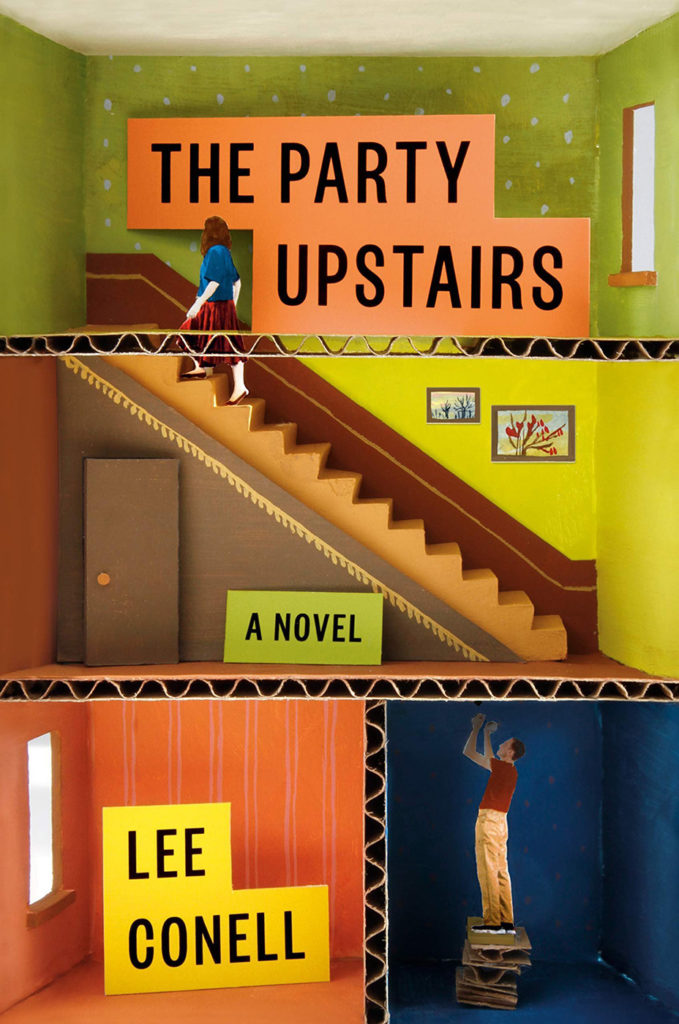
There’s no other way to put this: it’s brilliant. The Party Upstairs by Lee Conell; design by Stephanie Ross. Read about how it was put together, along with initial ideas and drafts, at Spine Magazine. Great, great stuff!
The rest, in alphabetical order:
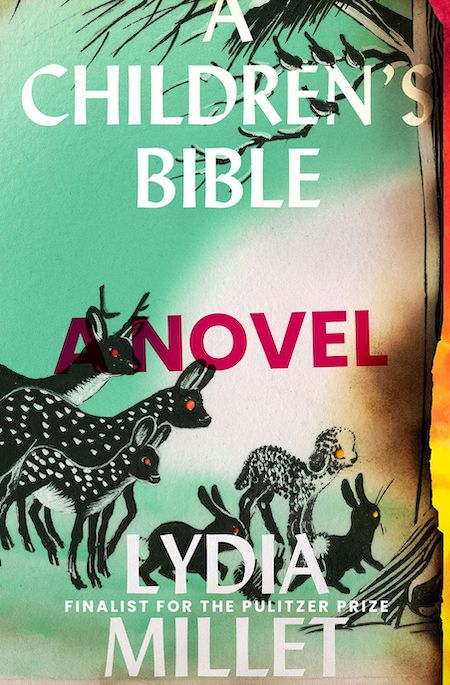
On the one hand, exactly what you’d expect — except a) it’s a novel, and b) it’s not really what you’d expect. Nice. Design by David High.
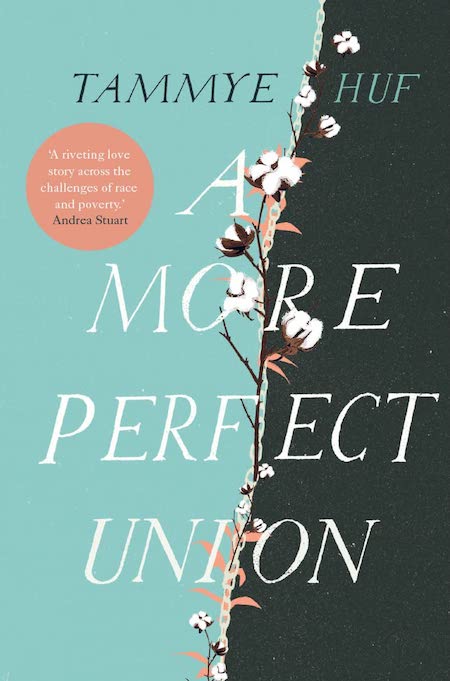
The left and right halves here are a perfect union, and I’m a sucker for hand lettering. Design by Anna Morrison.
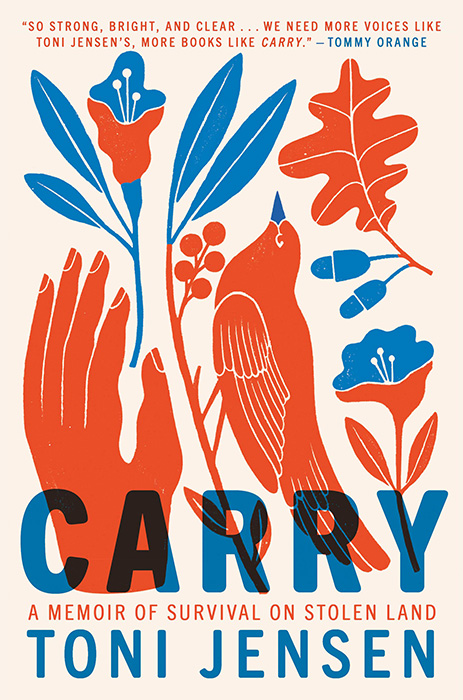
I can’t remember the last time I saw a two-color cover I liked so much — major kudos here. Design by Emile Mahon.
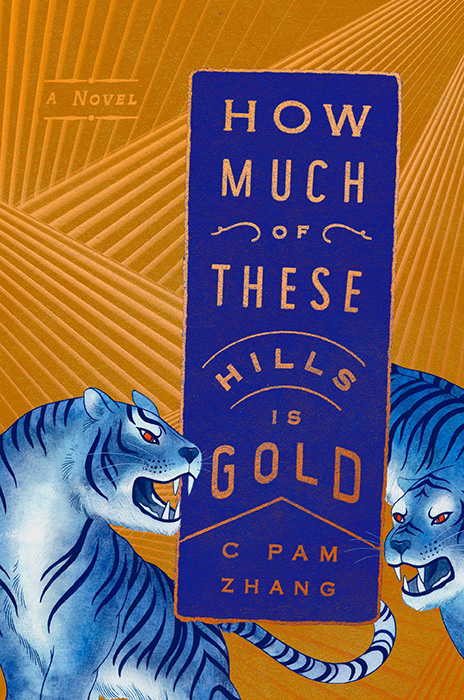
Blue tigers. Red eyes. Crooked title block. Yet somehow rich beyond easy description. (The author calls it “haunted by place.”) Design by Grace Han.
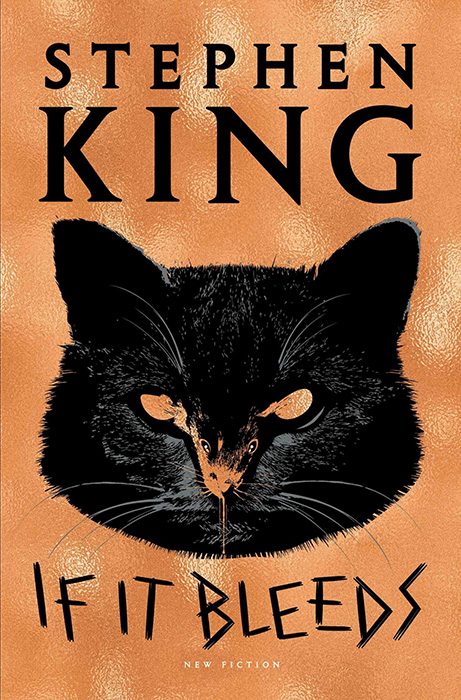
Can’t. Unsee. The. Rat. Home run of horror. Design by Wil Staehle.
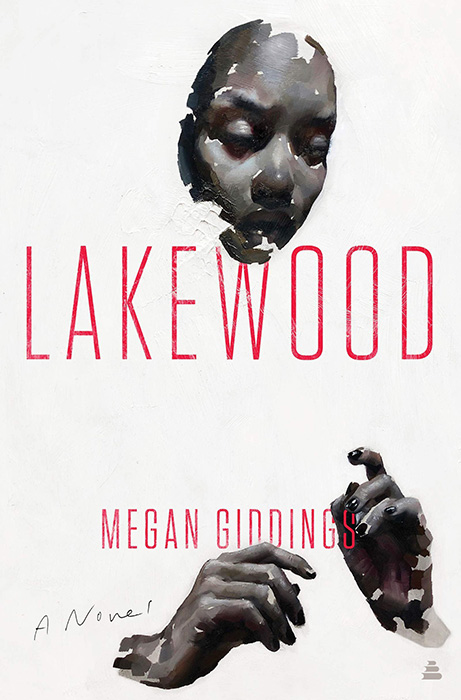
Simple type that’s well executed meets brilliant original painting. Proof that less can be more, if you’ll pardon the cliché. Design by Stephen Brayda.
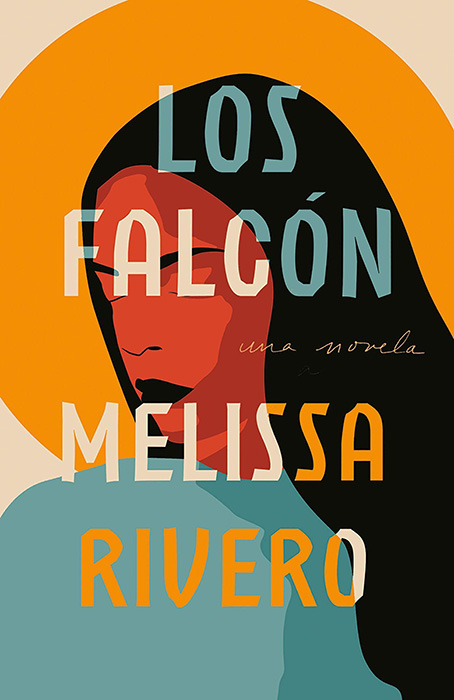
One of this year’s best uses of color, along with another great illustration. Design by Adalis Martinez.
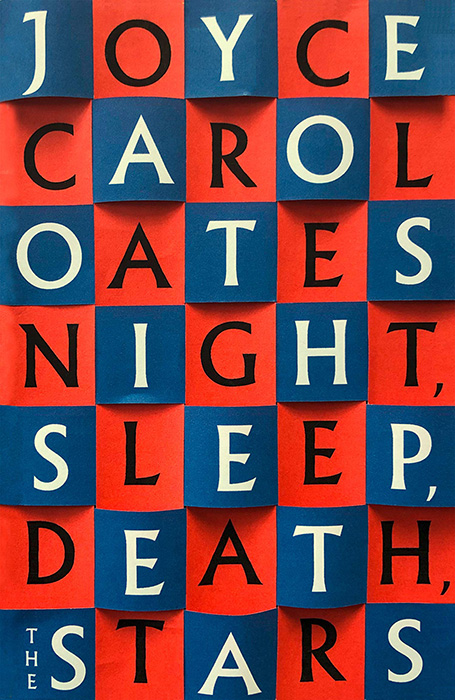
This design has gotten a good deal of attention — and deservedly so. Eye-catching by fives. Design by Jamie Keenan.
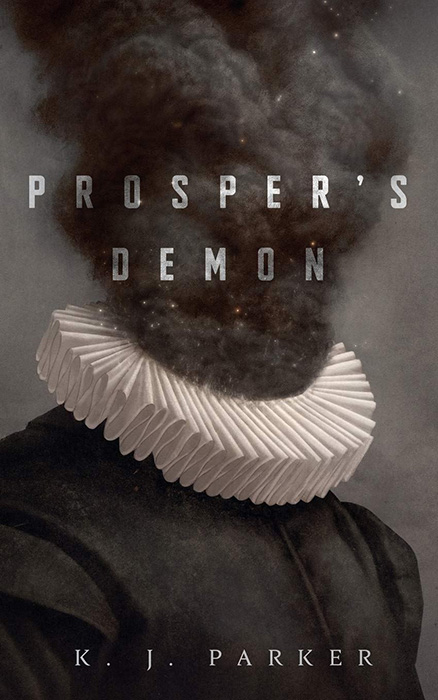
Explosive. (Sorry.) Actually, I’m personally jealous of this one: it feels like one I would have done, given the sudden (and unlikely) moment of creative greatness. Design by Christine Foltzer.
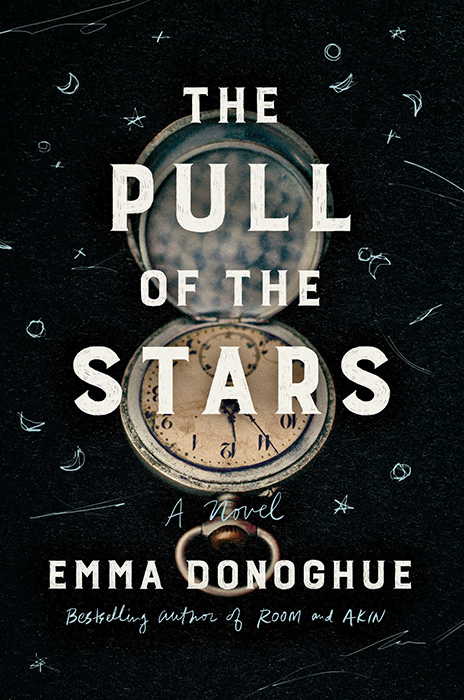
The hand work on this one — both illustration and lettering — just make it. A universe of goodness. Design by Sara Wood.
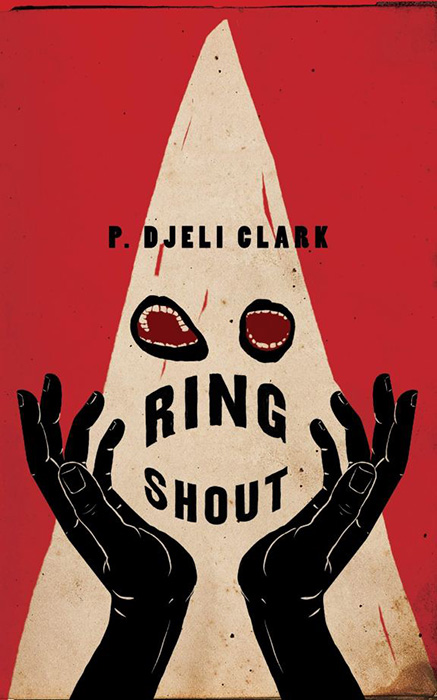
Scary good. Well, just scary, really, especially for a resident of the South. Excellent design by Henry Sene Yee.

Retro style and simple typography combine to make something excellent. Suppose a cover, with design by Katy Homans.
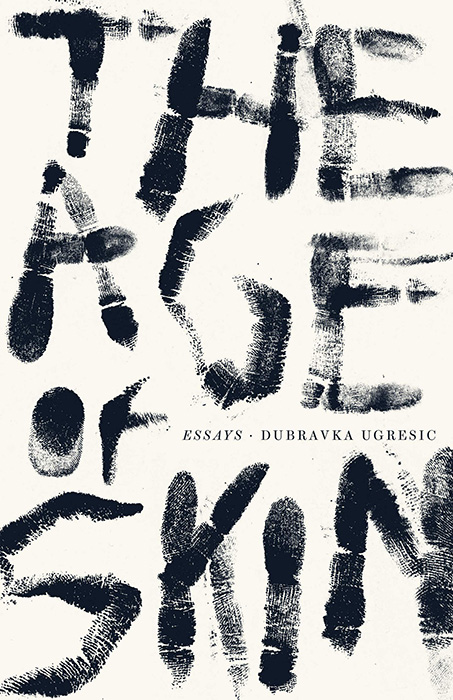
When has one color print been more compelling? This book would stand out on any bookshelf. Imagination by Jack Smyth.
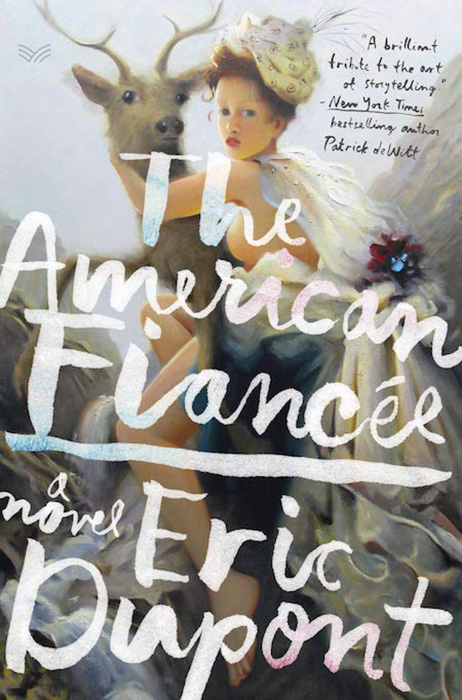
The original artwork (by Kai McCall) really grabs your attention … and then hangs on, staring straight at you. Wonderful. Design by Stephen Brayda.
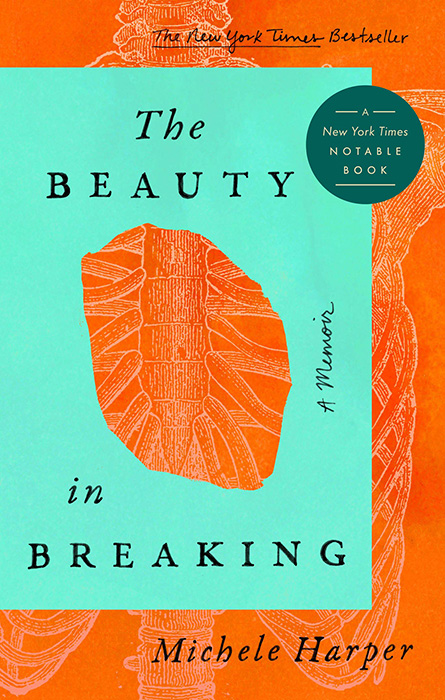
Here, the simple background illustration is enormously enhanced by the choice of colors, the “heart” cutout, and typography choices. A case of 10 + 10 + 10 = 1000. Design by Lauren Peters-Collaer.
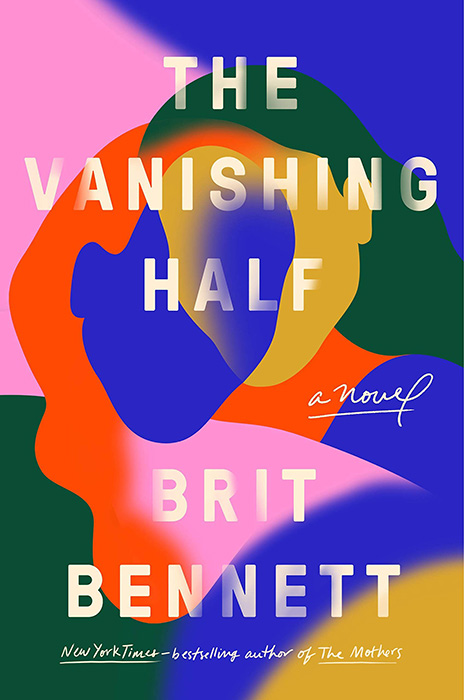
Deceptive at first glance, the colors here keep adding up (to build on a theme). Another excellent example of hand-lettering adding so much, too. Another great design by Lauren Peters-Collaer.
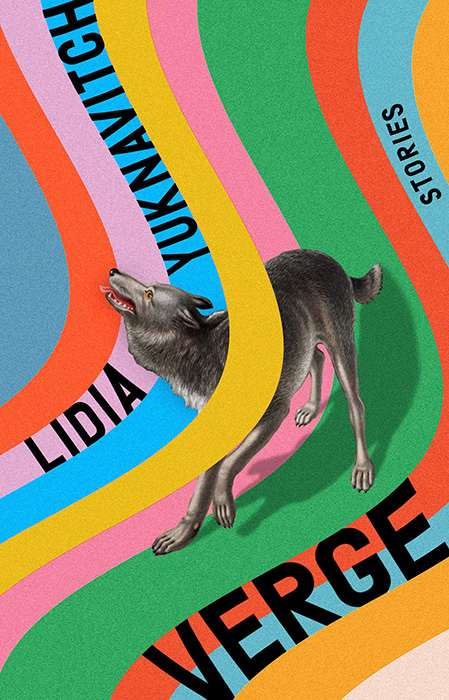
Unexpected choices lead to great new places here, especially with the yellow band overlaying the wolf. So, so good. Design by Rachel Willey.

No speculation here: this one takes me by storm. (Sorry.) “We are not ready nor worthy” applies to the cover, as well! Design by John Gall.

Like Weather, Zo uses illustrations to huge effect — but this time with a huge typography effect to go along with it, and lo, it works. Great design choices by Janet Hansen.
Now, let’s all survive 2021 so we can do this again!
December photostroll, part 2! Once again, Prof. Gerald Lucas and I were out testing new camera gear. Check out the updated Riverside Cemetery gallery and the Macon Downtown gallery, both updated today. Thanks for looking.
It goes without saying that one of the many reasons book design is so popular amongst designers is due to its versatility. It’s a specialty that the graphic designer Ana Resende knows well, having executed a myriad of book design projects ranging from books on film, architecture, design and art.
My good friend Prof. Gerald Lucas, his friend Ernest, and I wandered around ye ol’ stomping ground: Rose Hill Cemetery, here in Macon, testing out new camera gear. See the updated gallery.
Joe Biden’s Branding Was Both Traditional and Trippy, and It Looks Like the Future of Politics
AIGA’s Eye on Design takes a look at the beginnings and evolution of Joe Biden’s campaign branding. Great read.
The 2020 edition of NPR’s Book Concierge is here! Take a look at recommended books by category or zoom out and enjoy at look at 2020 in book design, all 383 examples of it. Enjoy!
Bonus: Jason Kottke’s roundup o’ 2020 lists is comprehensive and intelligent, as usual.
It took 850 days, 74 tubes of soy ink, fifteen colours, 660 masters, 690,000 sheets of paper, three fans, two digital Riso duplicators and four people to complete this 360-page book that focuses on one thing: the process of Risograph printing.
I have to admit: I hadn’t heard of risograph printing before — Wiki has a (very) brief intro — but the book looks like something very interesting indeed, along the lines of a Pantone catalog on steroids. Read more at Eye Magazine.
People in Mississippi have voted to replace the state’s official flag, which incorporated the Confederate battle emblem, with a design that has a magnolia blossom in its centre.
Not every day one of the U.S. states gets a new flag — in this case, a long-overdue update. Read more at Dezeen.
Enjoyed a photostroll in Greenville, South Carolina, with good friend Prof. Gerald Lucas. See the updated gallery here.